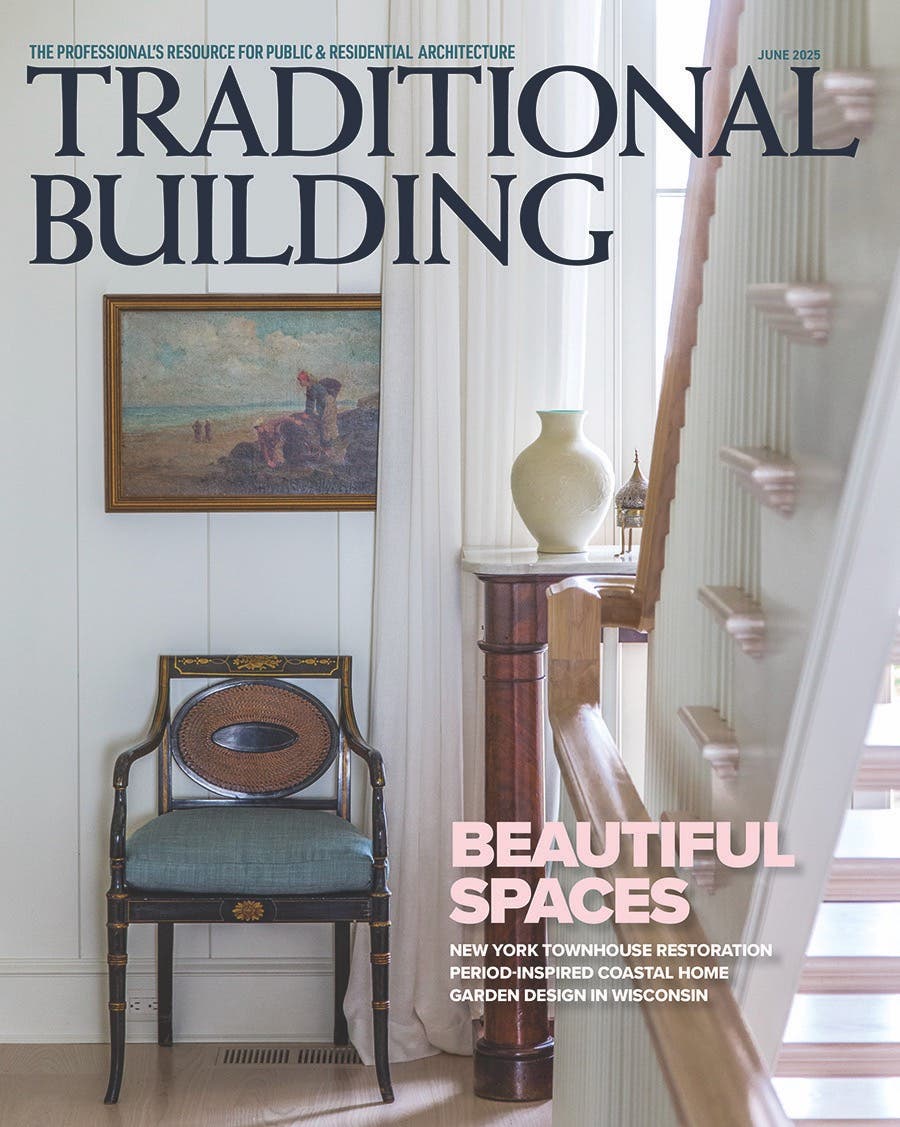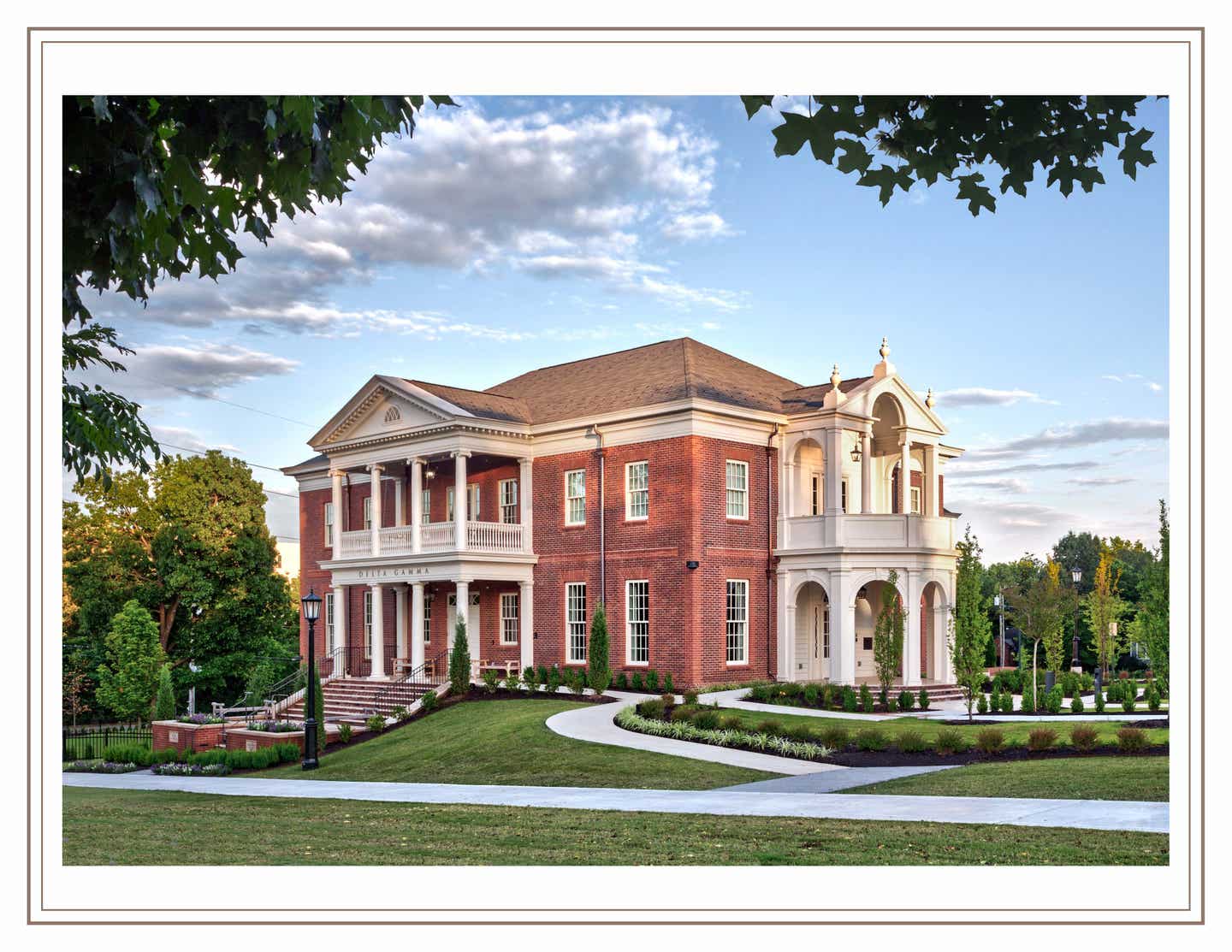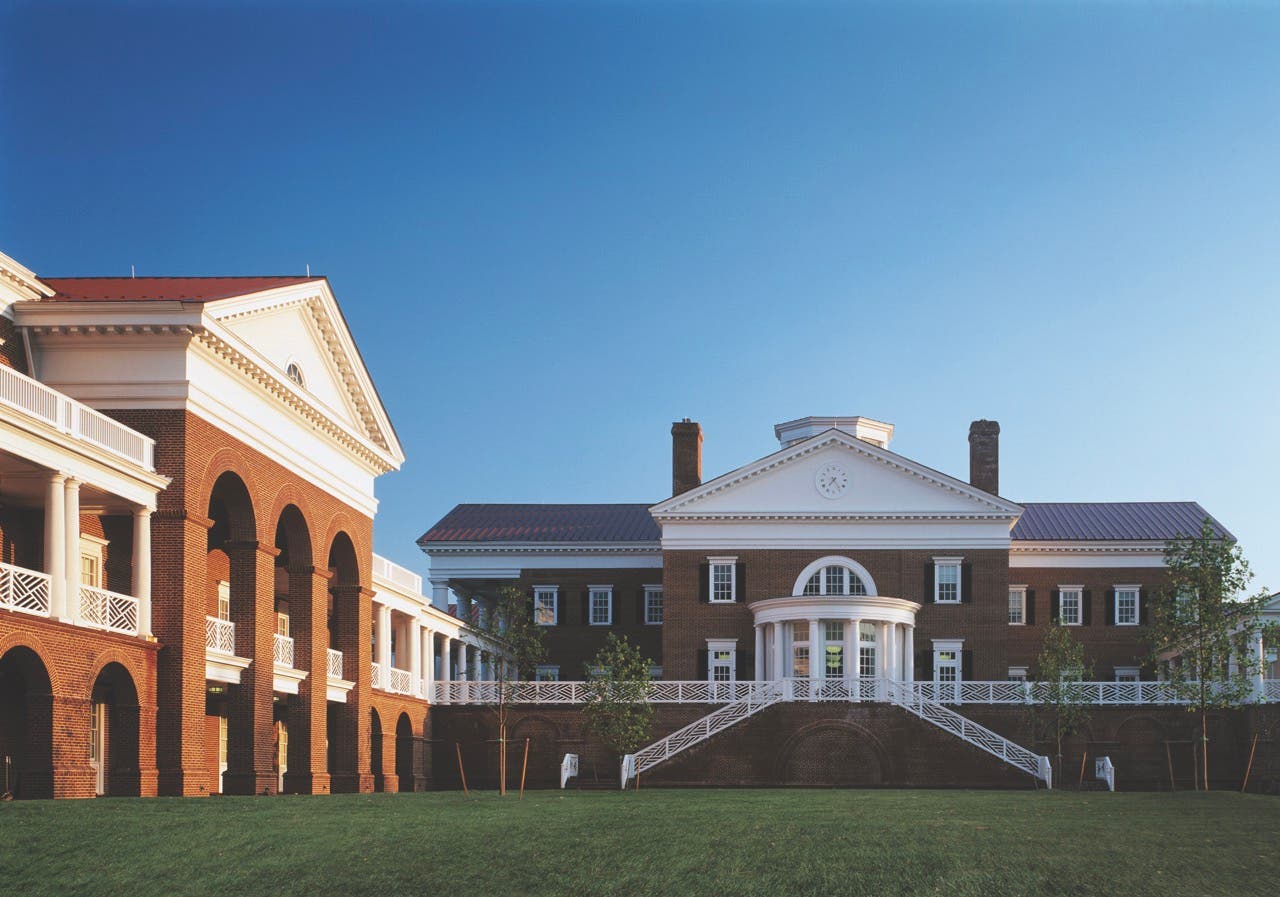
Features
Book Review: Allan Greenberg, Classical Architect

Allan Greenberg: Classical Architect
by Allan Greenberg; Foreword by Carolyne Roehm
Rizzoli International Publications, New York; 2013
304 pp; hardcover; 250 color and b&w images; $75
ISBN: 978-0-8478-4073-1
Reviewed by Clem Labine
How does an acolyte of Le Corbusier become America's first modern Classicist? This intellectual journey, told by Allan Greenberg in a preface he titled "Fragments of an Autobiography," is just one of many fascinating elements contained in this handsome new monograph from Rizzoli. As one would expect, the bulk of the pages in this beautifully produced collection are devoted to presenting the elegant projects – houses, apartments, retail venues, university and civic buildings – that Greenberg's office has produced in recent decades.
Allan Greenberg, the first American to be awarded the Driehaus Prize for excellence in traditional and Classical architecture, has devoted his career to establishing Classicism as a valid language for contemporary design. This was quite a lonely mission initially because Greenberg emerged on the scene just as it seemed that the last vestiges of canonical Classicism were about to disappear with the passing of master practitioners such as John Russell Pope (1874-1937), Mott B. Schmidt (1889-1977) and Philip Trammell Schutze (1890-1982).
As he relates in the preface, the young Allan Greenberg moved to the U.S. in 1963 after studying architecture in Europe and in his native South Africa. The allure of Modernist theory had captured his imagination; the iconoclastic writings of Le Corbusier held a special appeal. But while at the architectural school at Yale, Greenberg began to have doubts about Modernism's impact on America's cities. After viewing the havoc caused by New Haven's urban renewal program, Greenberg writes "I concluded that, for me at least, modernistic architecture lacked an alternative urban vision. I decided to pursue a career as a classical architect." In the mid-1970s, with Modernism in full control of the entire architectural profession, that was a daring decision.
In the ensuing five decades, Greenberg's firm, which now has offices in New York City, Washington, DC, and Greenwich, CT, has not only produced a steady output of exceptional traditional architecture, but also has been a training ground for many young Classical architects who have gone on to their own productive careers. All the while, Greenberg has shown impressive command of the Classical language, demonstrating his ability to generate not only canonically correct compositions but also brilliantly creative variations on Greco-Roman and other traditional forms.
This inspiring Rizzoli monograph displays 14 of Greenberg's most recent residential projects and seven institutional and commercial undertakings for blue-chip clients including Harrison Ford, Martha Stewart and Bergdorf Goodman. There is also a brief section reprising some of his earlier work, including the renowned Treaty Room Suite at the U.S. State Department. The oversized format (12 in. x 12 in.) provides a satisfyingly large canvas for the sumptuous photographs that document each commission. The generous number of photos (around 10 per project) is sufficient to convey both the overall character of each work, as well as providing informative close-ups of key details. Showing both interiors and exteriors, the photos also demonstrate how the architecture is artfully harmonized with adjoining gardens and landscapes.
Exquisite Details
Beyond a refined sense of proportion and composition, Greenberg's works are characterized by painstaking attention to architectural details, both in design and construction. Greenberg collaborates with leading artisans – cabinetmakers, wood carvers, plasterers, sculptors and mosaic artists – to create sophisticated details at the highest levels of craftsmanship. One example that intrigued this reader: Greenberg treats chimneys as architectural sculpture, and for each residence he finds a unique way to add dramatic punctuation at the roofline.
Though he is known as a Classical architect, many of the projects illustrated do not involve canonically correct Greco-Roman Classicism. For instance, for his Humanities Building at Rice University (see image), Greenberg expanded on the Byzantine-Romanesque language that Ralph Adams Cram had used for adjacent campus building a century previously. And for his residential work, you'll find Greenberg homes that include Georgian, informal country manor houses, stone farm buildings, and even a white steel-and-glass addition to a Colonial Revival mansion.
Greenberg's never-ending inventiveness with Classical and traditional forms convincingly refutes critics of the Classical who assert that it is purely formulaic and imitative. This book proves the resiliency with which the Classical tradition can accommodate ever-changing contemporary needs.
There are a couple of limitations to the monograph. First, the text that accompanies each project is quite scant, so the reader doesn't get much sense of the client's program or a full sense of the design challenges. More consequential is the lack of informative drawings: There are virtually no floor plans, elevations, sections or site plans that would provide greater understanding of the architecture. The drawings you do find mainly delineate interior details, such as moldings, staircases and doorways. Construction materials are rarely addressed. The gorgeous photographs provide serene poetry for each project – but the serious reader wishes for a little more prose.
These limitations notwithstanding, the monograph demonstrates the enormous debt that today's designers working with traditional architecture owe to the pioneering work of Allan Greenberg. He has proven to architects and clients alike that the Classical tradition can produce contemporary architecture of unparalleled beauty and delight.
Editor Emeritus Clem Labine is the founder of Traditional Building, Period Homesand Old House Journal magazines. He also launched thePalladio Awardsprogram in 2002 and the Clem Labine Award in 2009 and is the recipient of numerous awards including the Arthur Ross Award, the Harley J. McKee Award and the Newington Cropsey Award. Labine was a founding Board Member of the Institute of Classical Architecture & Art.









